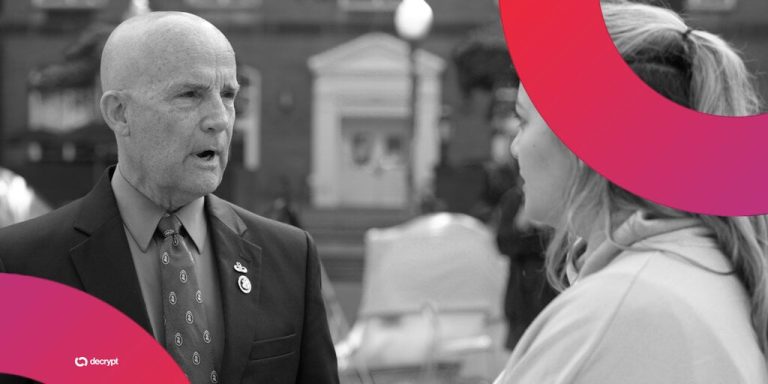
Introduction
Smart Cities are rapidly transforming urban landscapes, integrating technology and sustainable practices to enhance the quality of life for their residents. As we approach 2025, the focus on these urban trends is more significant than ever, with cities worldwide adopting innovative solutions to tackle challenges like traffic congestion, pollution, and inefficient energy use. For more insights, check out our article on Smart Cities: Urban Trends for 2025.
1. The Rise of Smart Infrastructure
Smart infrastructure is at the core of the smart city concept. This includes intelligent transportation systems that optimize traffic flow, smart grids that manage energy consumption, and IoT devices that monitor environmental conditions. By 2025, many cities aim to implement these systems to create a seamless urban experience.
For instance, cities like Barcelona and Singapore are already utilizing smart traffic lights that adjust based on real-time traffic conditions, reducing congestion and improving air quality. These advancements are part of a broader trend of technological innovations shaping 2025.
2. Sustainability and Green Initiatives
As urbanization continues to rise, sustainability becomes a critical focus for smart cities. In 2025, expect to see more cities adopting green building standards, renewable energy sources, and waste management systems that prioritize recycling and composting. For more on this topic, explore our post on Sustainable Living: Emerging Trends for 2025.
Urban green spaces will also play a crucial role, with cities investing in parks and green roofs to improve air quality and provide residents with recreational areas.
3. Citizen Engagement and Data Transparency
Smart cities will prioritize citizen engagement by utilizing technology to involve residents in decision-making processes. By 2025, expect to see platforms that allow citizens to report issues, participate in urban planning, and access real-time data about their city.
Data transparency will help build trust between citizens and local governments, ensuring that urban development aligns with community needs and values.
4. Future Mobility Solutions
The future of mobility in smart cities will focus on reducing reliance on personal vehicles. By 2025, cities are expected to enhance public transportation, promote electric vehicles, and develop bike-sharing programs. Autonomous vehicles may also begin to take a more prominent role in urban transport systems.
Integrating these solutions will not only alleviate traffic congestion but also contribute to reducing greenhouse gas emissions.
Conclusion
The evolution of smart cities by 2025 will be defined by innovative technologies and a commitment to sustainability. As urban centers continue to grow, the need for smart solutions will become increasingly essential. By focusing on infrastructure, sustainability, citizen engagement, and mobility, smart cities will pave the way for a more efficient and livable future.





